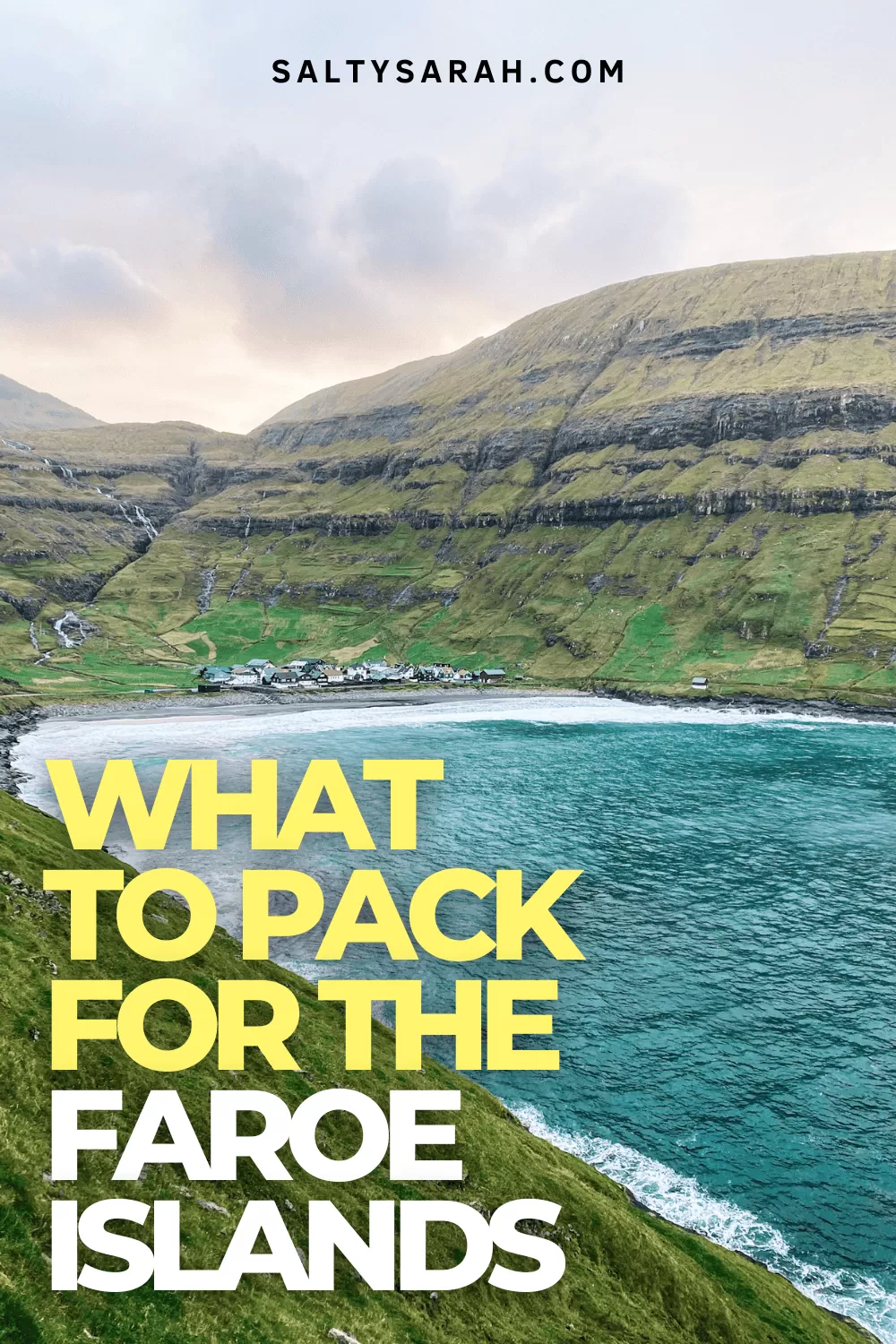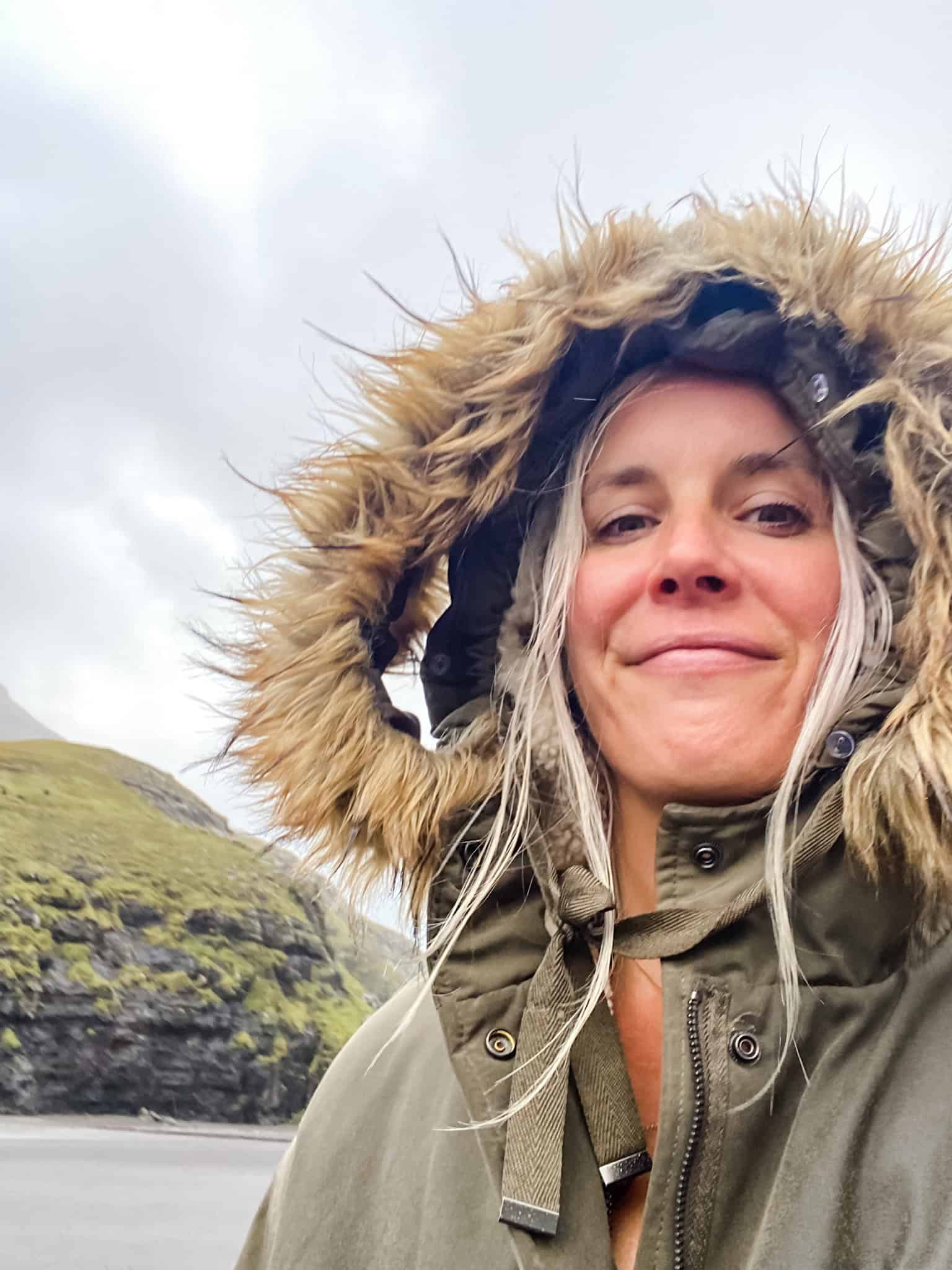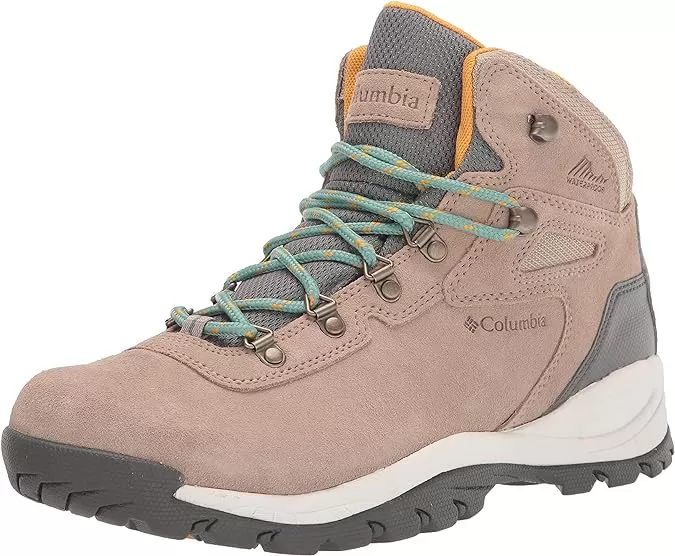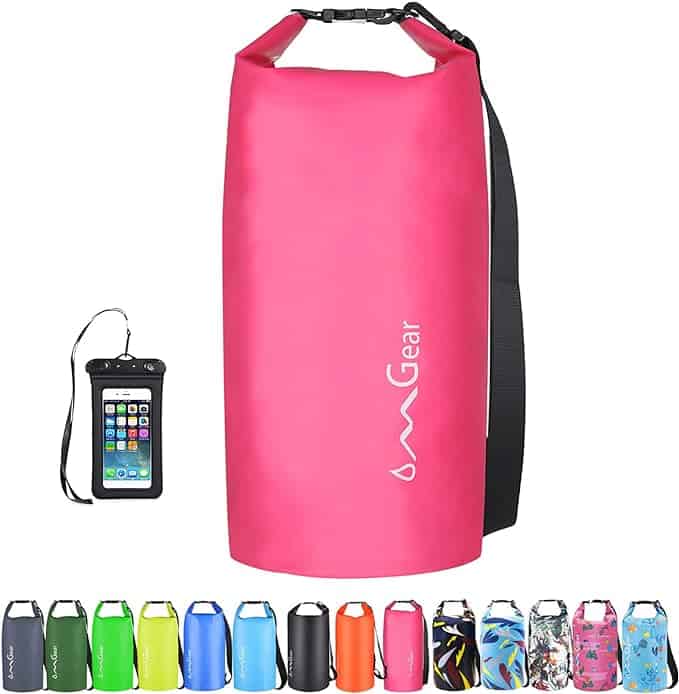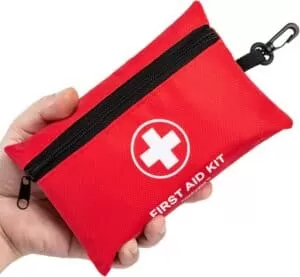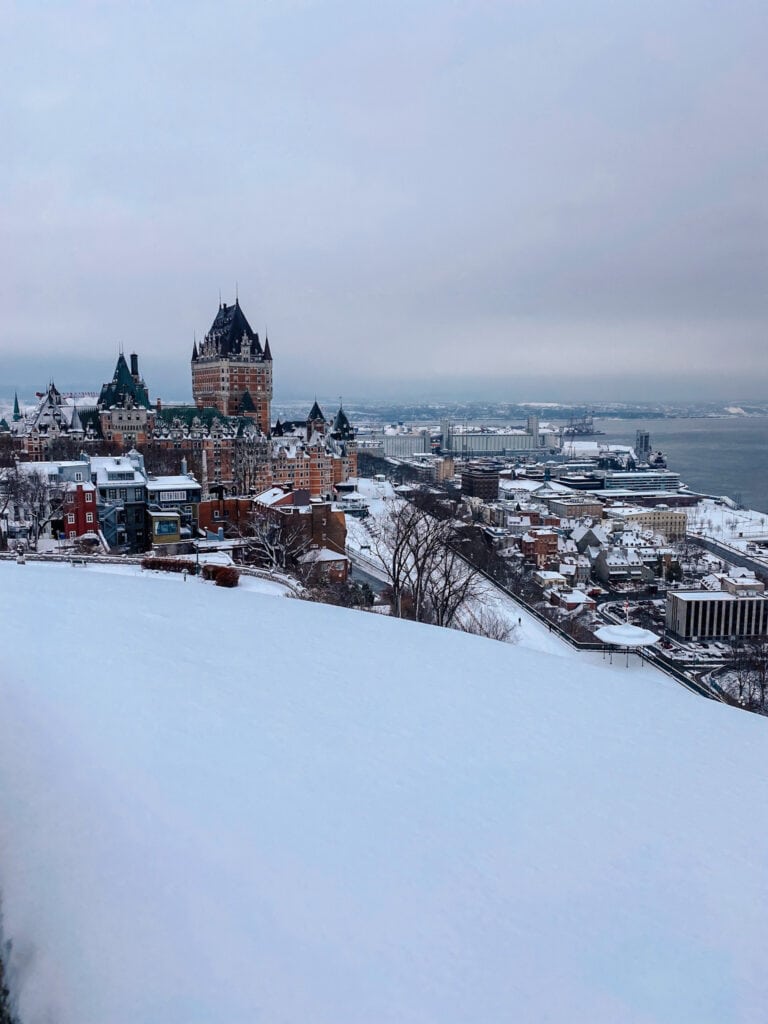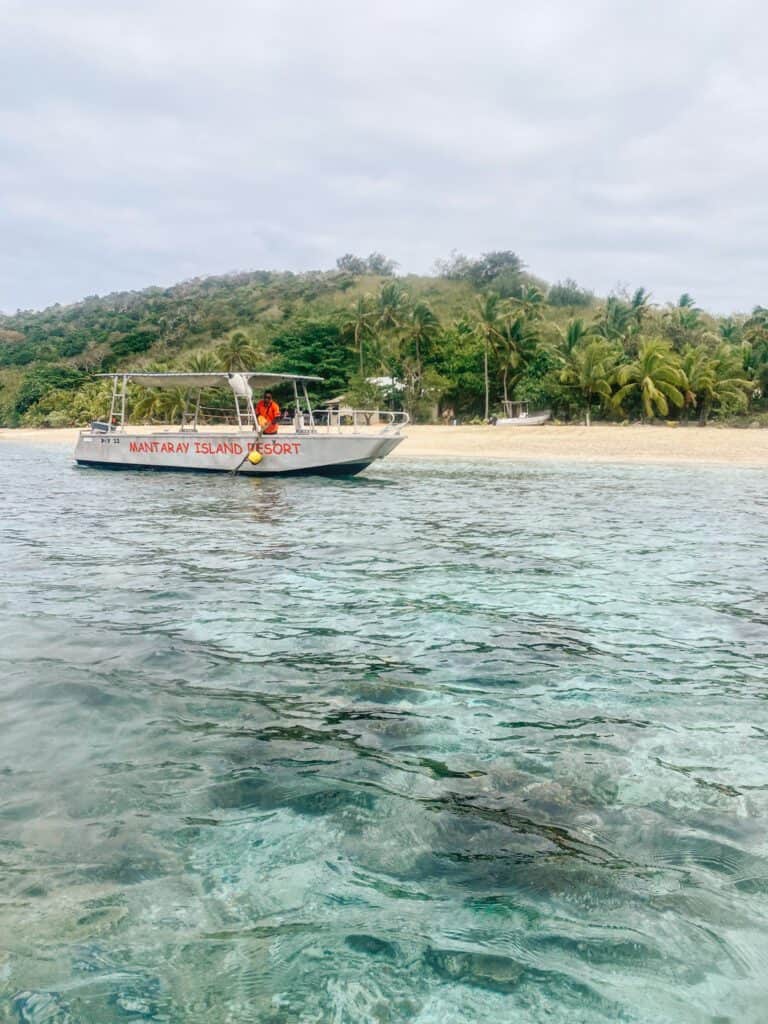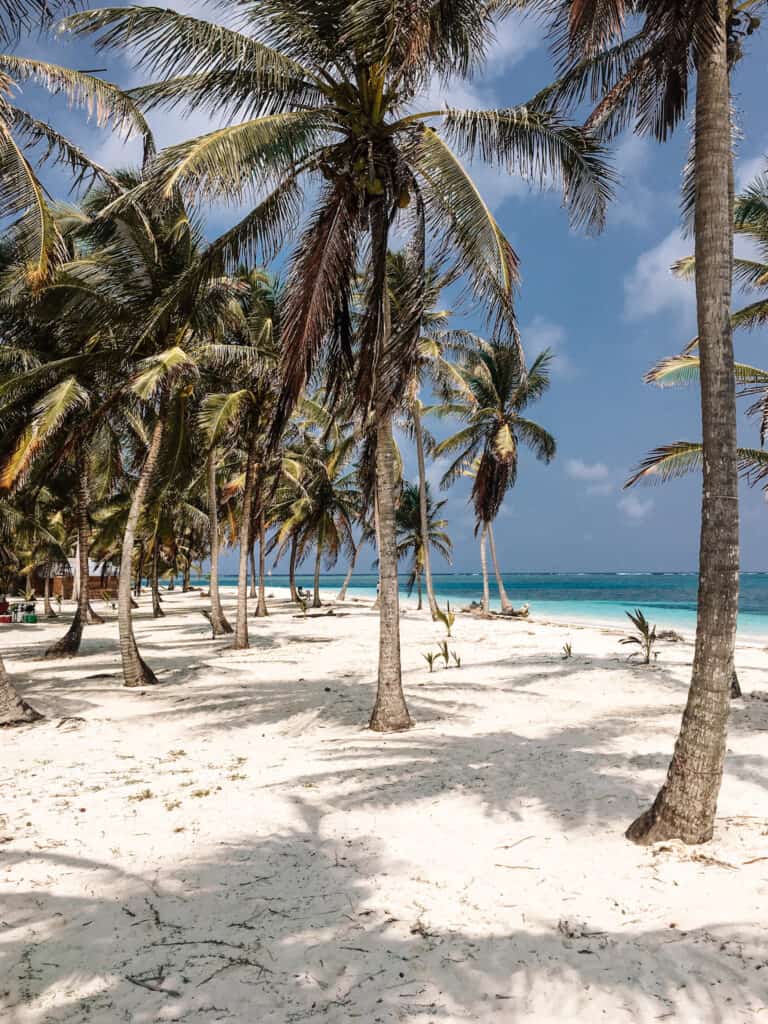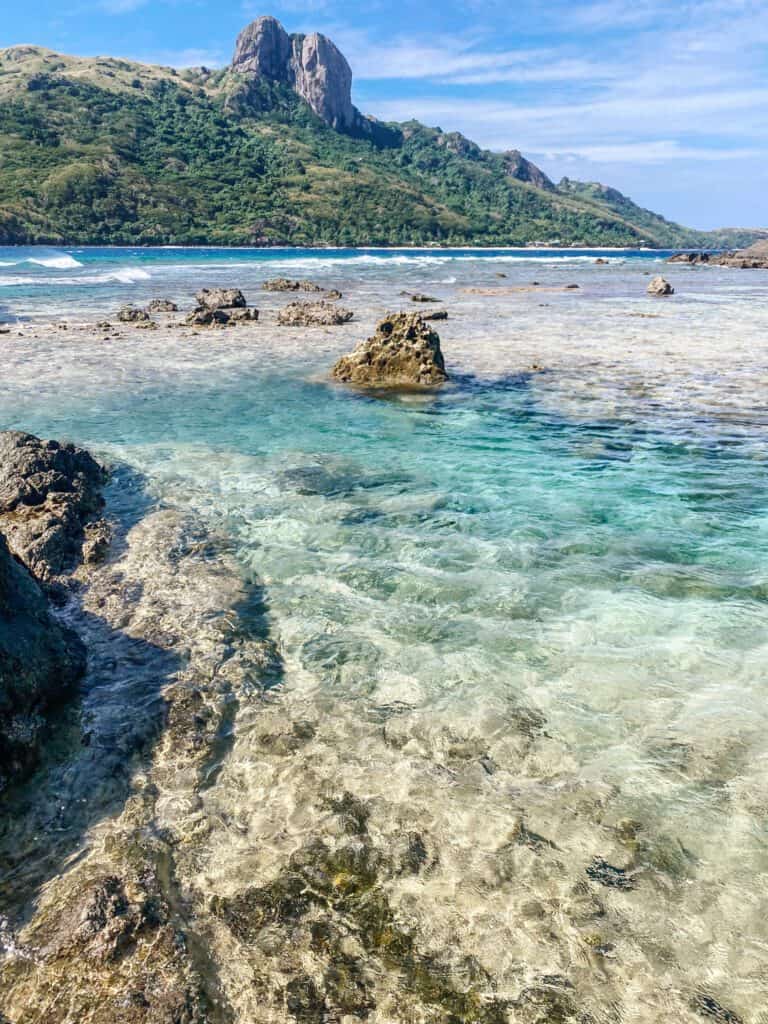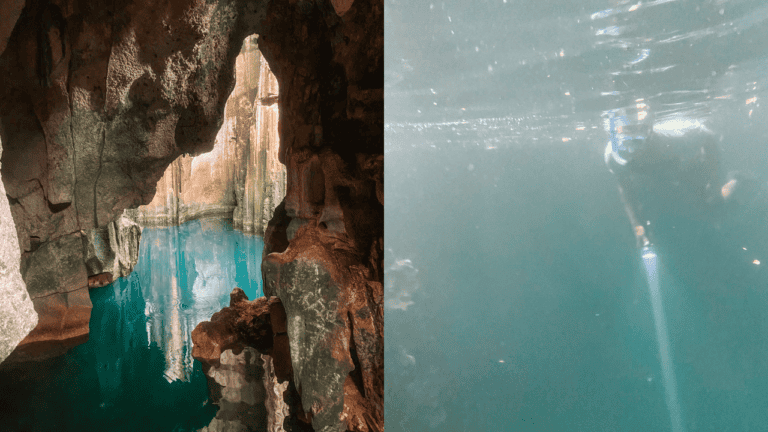What to Pack for the Faroe Islands: Prepare for Wind and Rain
What to Pack for the Faroe Islands
I live in a hot and humid climate where weather in the 50s (F) is a cold winter day. So I really had to research what to pack for the Faroe Islands and I’m so glad I did! I stayed warm and ready for various weather conditions, so only the extreme “winter” storms (as the locals called it) got in the way of my exploring the Faroe Islands.
Here is a basic rundown of what to pack for the Faroe Islands trip you are planning as well as a few additional considerations! The more prepared you are for the weather, the more enjoyable your trip will be!
You may also like:
- Faroe Islands Hikes | 5 Must-Do Easy to Moderate Hikes
- Boat Tours In The Faroe Islands | Cliffs, Caves, and Sea Stacks
- Faroe Islands Travel Blog | My Week In The Beautiful Faroe Islands
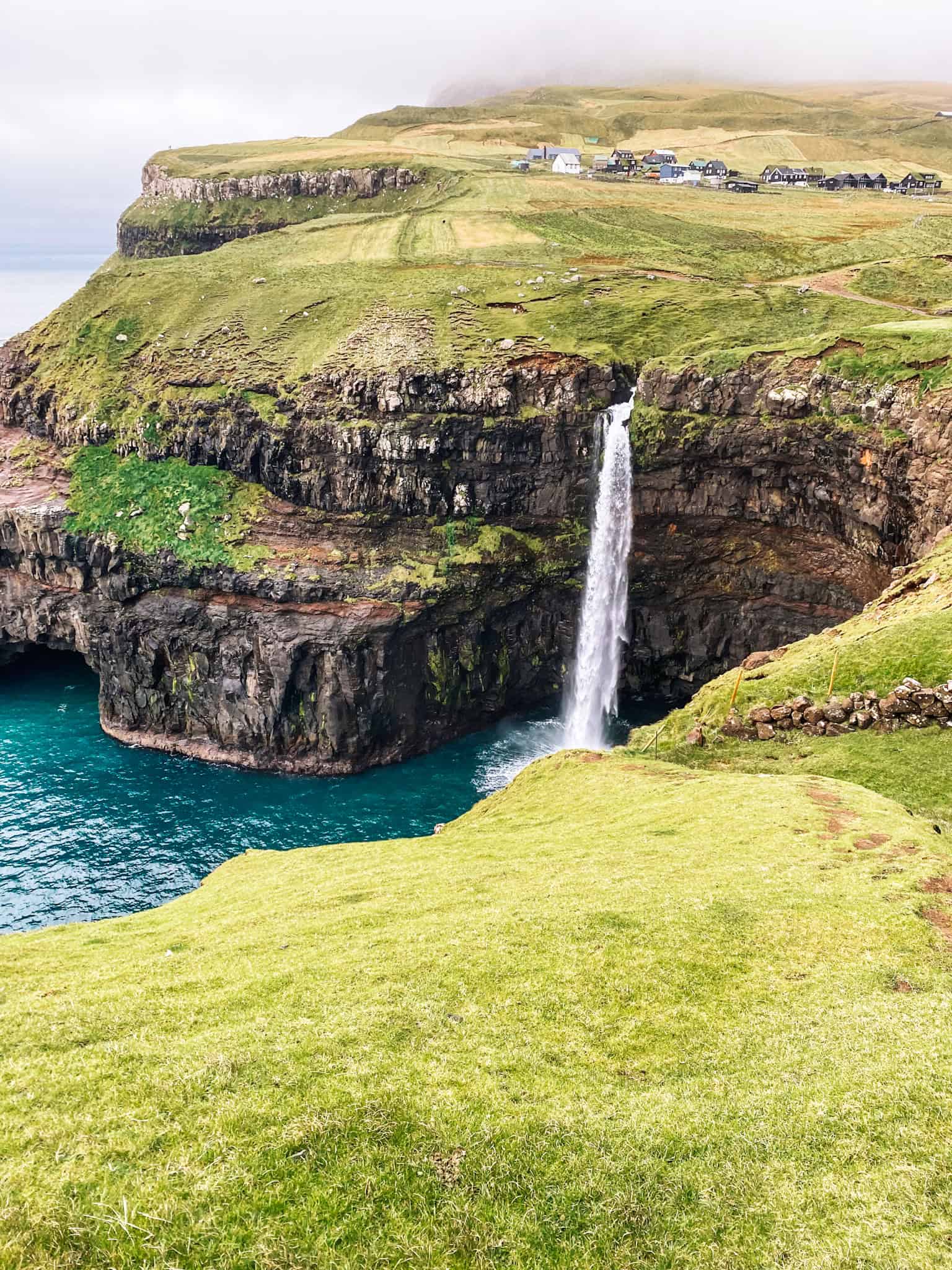
What to Pack for the Faroe Islands for a Week
Hiking Boots
Let’s start with the most important items, a good pair of hiking shoes! The weather in the Faroe Islands is volatile, and rain and wind are not a matter of “if” but “when.” With slippery conditions you NEED the right shoes.
I was told by a local at the tourist center that seventeen people had broken a bone on the Kallur Lighthouse hike that year and it was mainly due to improper shoes. These are a must if you plan to do any hikes, even short ones. If you don’t have any hiking shoes, it’s a good idea to buy some!
I bought the Columbia hiking boots off of Amazon and they have been great for numerous trips! They are relatively
inexpensive as far as hiking boots go and they have been very comfortable! I ended up wearing these almost everyday while in the Faroe Islands!
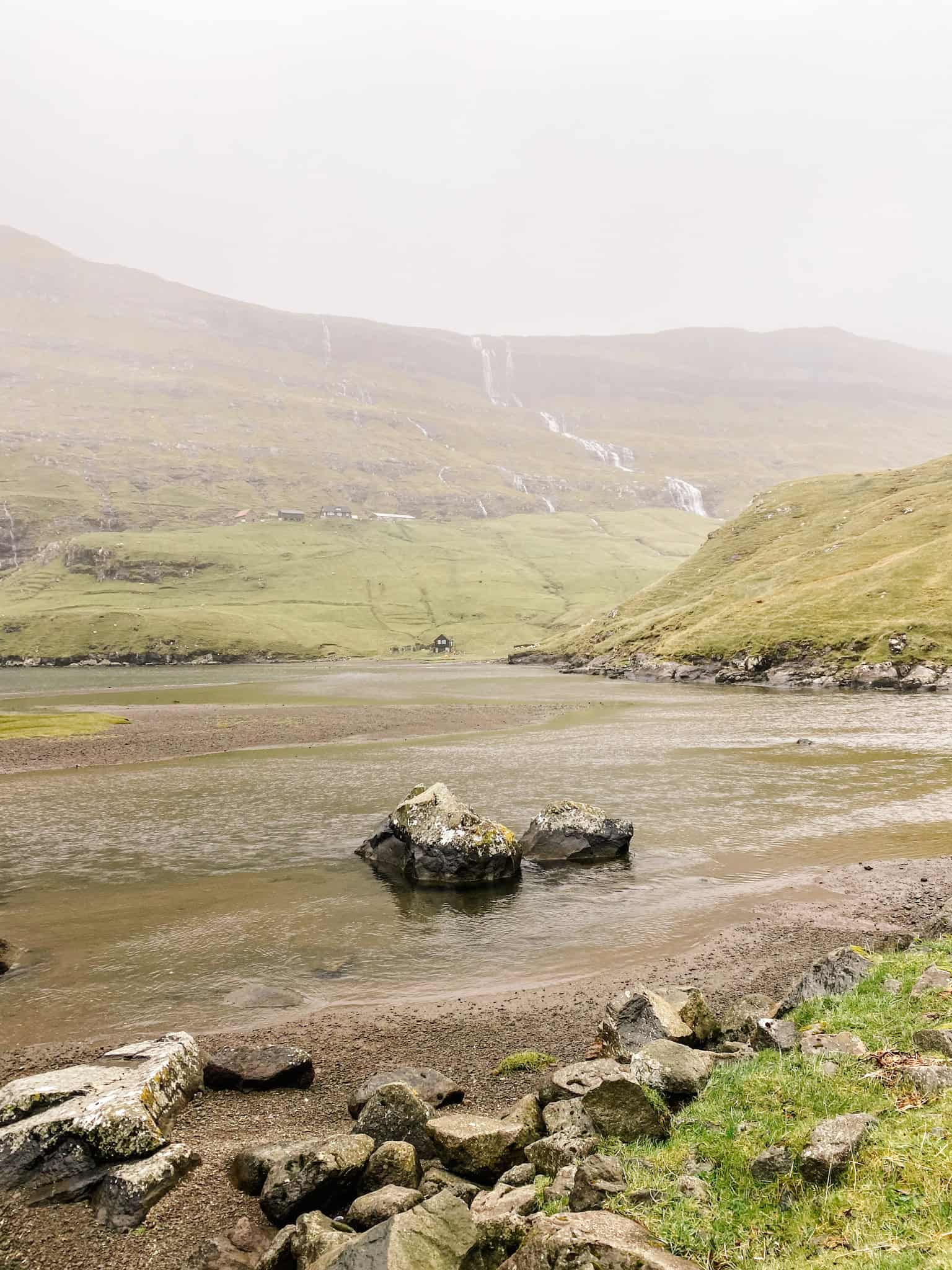
Waterproof Jacket
It rains a lot in the Faroe Islands and the weather is unpredictable! This is probably one of the most important items to bring!
I had to do some shopping for this one, but it was worth it because I stayed nice and warm! I got a longer coat as well, which made the waterproof pants less of a factor. My coat might be overkill for anyone from colder climates, but you definitely want to factor in wind and rain for whatever temperatures you’ll have on your trip.
If you have a water resistant jacket and don’t want to buy a waterproof jacket, then consider taking a poncho in case you get caught in a significant amount of rain while hiking.
Columbia Women’s Arcadia Ii Jacket – Reviewer mentions being completely dry in Scotland after hiking in the rain!
SaphiRose Women’s Long Hooded Rain Jacket Outdoor Raincoat Windbreaker – One reviewer bought it for the Pacific Northwest in October and said it was perfect!
Legendary Whitetails Women’s Waterproof Anchorage Parka Winter Coat – This seems similar to what I took, but again, it could be too warm for some.
Waterproof Pants
Admittedly, I think the pants I took were water resistant or quick dry. However, it’s definitely a good idea to be prepared for the rain! If you don’t plan to do much hiking, you may not need these, but it’s worth considering.
My coat was longer which also helped keep me warm and dry, but if your coat is shorter, definitely consider waterproof pants.
iCreek Women’s Rain Pants Waterproof Zipper Pocket Windproof Hiking Pants – Easy to wear over your pants. One reviewer said they worked great on an Alaska trip when it rained everyday!
BALEAF Women’s Hiking Pants Quick Dry Lightweight Water Resistant Elastic Waist Cargo Pants for All Seasons – These have a lot of repeat customers. While they may not keep you completely dry, it might work well if you have a longer coat and only experience light rain.
Warm Layers
Warm layers is something I research every time I go somewhere cold. I know enough about cold weather to know that it’s important, but not enough to know if I’m choosing warm enough layers.
If you are like me, somewhat clueless about cold weather, consider wool and fleece. Something like a fleece will keep you very warm, but wear it over a base layer as you might not always need it.
Gloves, Scarf, Beanie
I took all of these because the Faroe Islands weather, even in their Summer, is what I experience as a winter day in Florida. However, you may not need all the winter accessories if you are used to a cold climate.
It was in the 40s and 50s while I was there, so I went winter ready! The hood on my coat came in the most clutch as a hat. I think I used my pockets more than gloves, but I had them in case.
Overall, just remember it tends to be rainy, so if you don’t think the temps are cold enough for all these extras, consider items that will at least help to keep you dry. Something like a waterproof hat might go a long way.
Pajamas
I felt warm in our accommodations, but I’m fairly certain I took pajama pants. You know whether you sleep hot or cold, so pack appropriate for you. I do think I also turned on the heater, which was a learning curve because it’s a different type of heater than I’m accustomed.
Amazon Essentials Women’s Cotton Modal Long-Sleeve Shirt and Full-Length Bottom Pajama Set
Outfit Planning
Now that we’ve considered individual pieces, here’s how I approached packing and what I actually wore.
This trip also included time in Copenhagen before and after, so I had to consider our time there. However, the jeans I packed, I only ended up wearing in Copenhagen.
The Faroe Islands attire mainly consisted of hiking appropriate attire that kept me warm and dry. That is truly it. I wore my hiking boots all but one day. I had extra fleece layers if needed and my bigger, water resistant coat easily accessible in the car so I could grab them any time we stopped.
The only other type of clothing you might need is a nice outfit or two for dinner and a swimsuit in case. However, the majority of the time I dressed for being outside, though I did try to make the workout/hiking attire cuter. Of course, with the big coat I wore, it only mattered indoors.
Dry Bag
I bought this dry bag off of Amazon for my Faroe Islands trip and it has come in handy for paddle boarding or other water activities! Kind of surprised I didn’t get one sooner!
You never know when the weather will change, so a dry bag is important for keeping cameras, phones, and extra clothing dry should the rain start falling.
I bought the 20L and it was easy to wear as a backpack and felt comfortable with the coat I wore and the amount of stuff I put into it. However, the comfortability will vary from person to person.
Other Items to Consider for the Faroe Islands
Swimsuit
If you plan to visit hot springs or swim in a pool, then be sure to pack a swimsuit! I did pack one but never ended up using it the Faroe Islands.
However, I did use it in Copenhagen for the sauna. If you decide to bring one, pack some flip flops or sandals which take up little space and can be used indoors in general.
Reusable Water Bottle
There is a high probability you already have one or many reusable water bottles! It’s a good idea to take one, especially if you plan to hike. I took an old Nalgene I had, but whichever you choose, it’s a good idea to pack one for the Faroe Islands.
It will save money and save plastic! No need to buy one if you already have one, but be sure it’s leak proof, not just leak resistant.
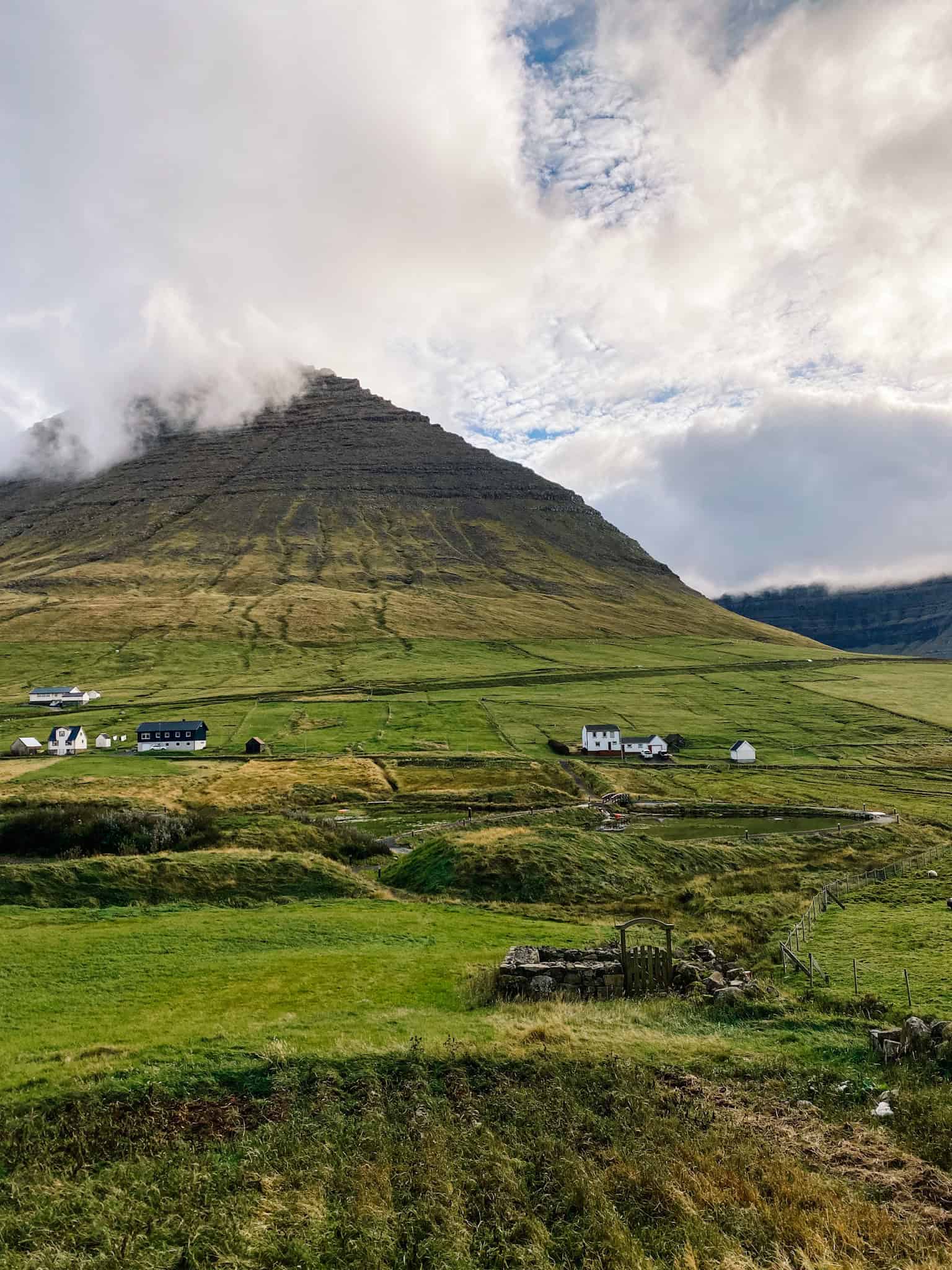
Hiking Poles
I don’t know what level of hiker I need to be to warrant hiking poles, but I know I’m not there yet. So I didn’t take hiking poles on my trip.
However, should I ever get to return to the Faroe Islands, I’d consider taking some as I’d probably do a lot more hiking!
It’s worth considering if you will be doing longer hikes or if you just want some added stabilization while hiking.
First Aid Kit
If you are an avid hiker, you probably already have a mini first aid kit. While I didn’t take one, I certainly see the value.
It would probably be good to take one or at least some supplies that might come in handy. Just don’t take scissors in your carry-on!
Portable Charger
I have a portable charger which has come in handy for long days where charging isn’t possible. In the Faroe Islands I had rented a car and while I did take my portable charger, I rarely had to use it since my friend and I could charge in the car.
However, it’s good to have in case, especially if you have long days where you’ll be away from any chance to charge phones or cameras. If you don’t already have a portable charger, it’s worth getting for travel in general!
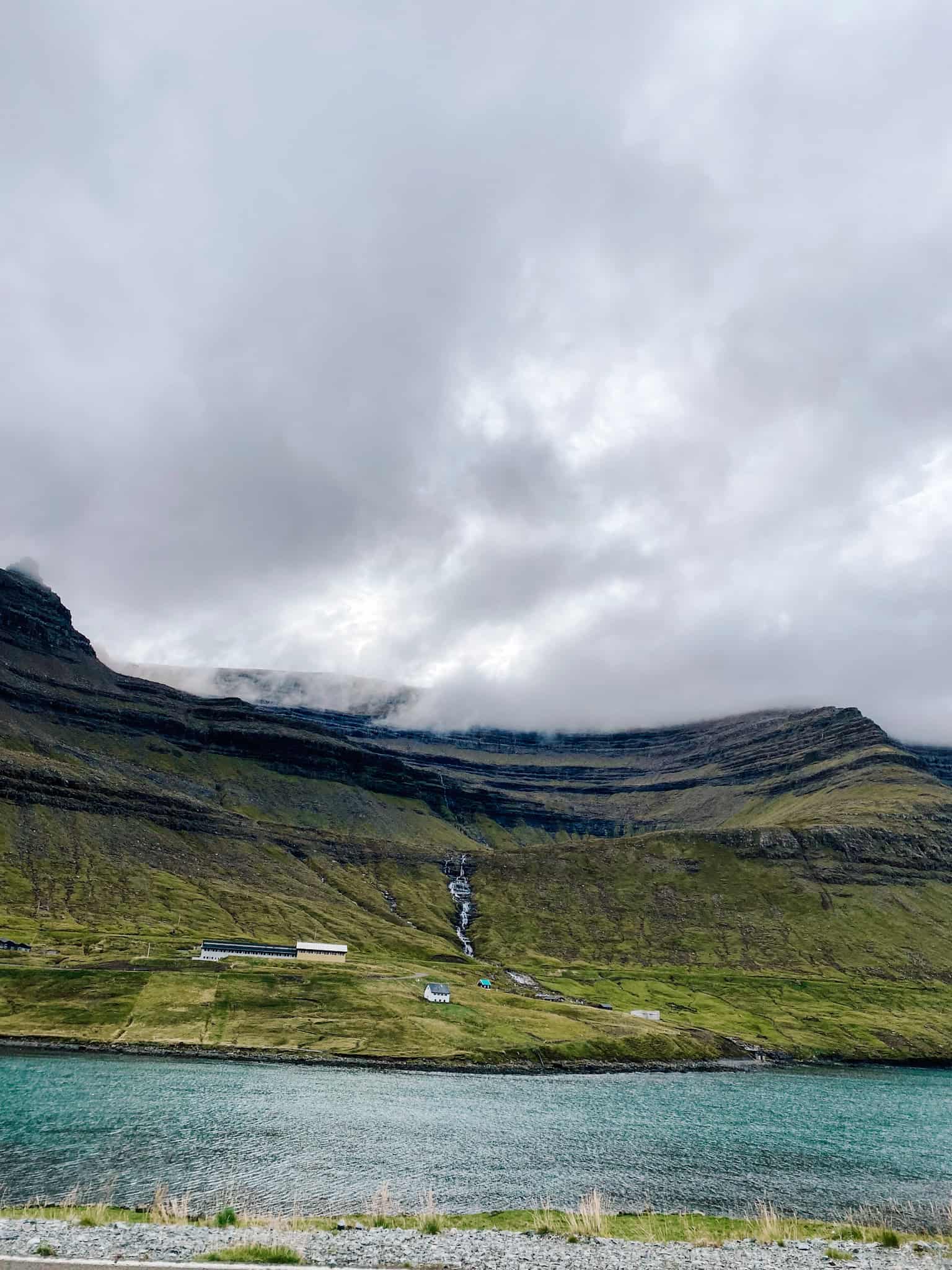
Faroe Islands Weather Per Season
The weather in the Faroe Islands never really warms up but rarely gets below freezing either! The gulf stream is said to keep the weather more mild considering how far north the islands sit.
While the temperatures don’t fluctuate much, the wind and rain adds a fun element that will keep you on your toes! It could be beautiful and sunny where you are staying, but rainy and windy where you end up! It’s a good idea to just be prepared for anything!
Below are estimations, but can be helpful for packing. It’s rainier during Fall and Winter but it does rain year round!
Tips for Packing for the Faroe Islands Weather
By now you’ve probably noticed a theme. Rain and wind are what you need to be prepared for in the Faroe Islands. Yes, the temperature is important to note, but the wind and rain is unpredictable! The essential items for your trip are all related to keeping you warm and dry!
The wind is wild! We had a lot of windy days but there were two days where it was a full blown storm with howling wind and icy rain that prevented us from doing anything!
The more prepared you are for weather fluctuations the more enjoyable your trip will be!
The main thing you will do in the Faroe Islands is admire the outdoors. The more prepared you are for weather fluctuations the more enjoyable your trip will be!
Unless it’s a crazy “winter” storm (that is what the locals called it) like I experienced, don’t be bothered by it. It can be super windy and rainy in one area and completely clear in another. And of course, you’ve done your research and you are going prepared for anything!
Weather During My Week in the Faroe Islands
My week in the Faroe Islands was the end of September. When we arrived, the rental car guy warned us of the windy conditions! I asked if we were good to drive, and he assured us we were fine! However, he did mention it would continue to be windy into tomorrow.
Sunday came and he was correct. The winds were howling, but we were still able to explore! In some areas it was crazy windy and in others much calmer.
Monday we woke up to HOWLING winds and icy rain hitting the windows. My friend and I have been through many hurricanes and we knew this wind was no joke. Of course, I had read the weather can vary from place to place, so I insisted we drive to the Tourist Office in Klaksvik (which was only five minutes away).
The lady at the tourist office confirmed the ferry to Kalsoy was cancelled and every other ferry to other parts of the Faroe Islands. I was so bummed. She went onto to explain how dangerous it would be to go out in this weather and how over fifteen people earlier in the Summer broke bones on the Kallur Lighthouse hike simply due to improper footwear, let alone gusty conditions!
Walking outside to and from the car, the winds made it impossible to look or walk straight ahead. They were in the 80mph range and we wouldn’t have been able to see anything. So I finally gave up on doing outdoor activities (my friend gave up much sooner).
Tuesday we woke up to clear skies and sunshine for most of the day. A complete 180 from the previous day’s weather. The weather only became overcast once we arrived to Saksun.
Wednesday, the beautiful weather continued as we hiked the Lake Above the Ocean and then went on a boat tour of the sea stacks! It was a little windy, but clear skies!
Drangarnir Sea Stacks Boat Tour
Thursday was overcast, but still beautiful. We went on the other boat tour we had booked for the Vestmanna Cliffs and explored the furthest island accessible by car.
Friday was the day I planned to do the ferry to Kalsoy since I had missed it on Monday. Guess what happened? Another storm! This time we were staying in the capital, so I checked the ferry schedules and all were cancelled. I then checked the weather specifically in Kalsoy and they were experiencing 80mph winds! So we went to a museum and I sulked.
Saturday we woke up to much calmer weather, but still overcast and a little rainy. After enjoying breakfast we headed to the airport.
Hopefully this helps to paint the picture to know what to pack for the Faroe Islands. While there were windy and rainy days we could still explore outside, there were also days when it was just impossible. You may not encounter the extreme storms we did if you go in the Summer. However, wind and rain of some kind will be a given!
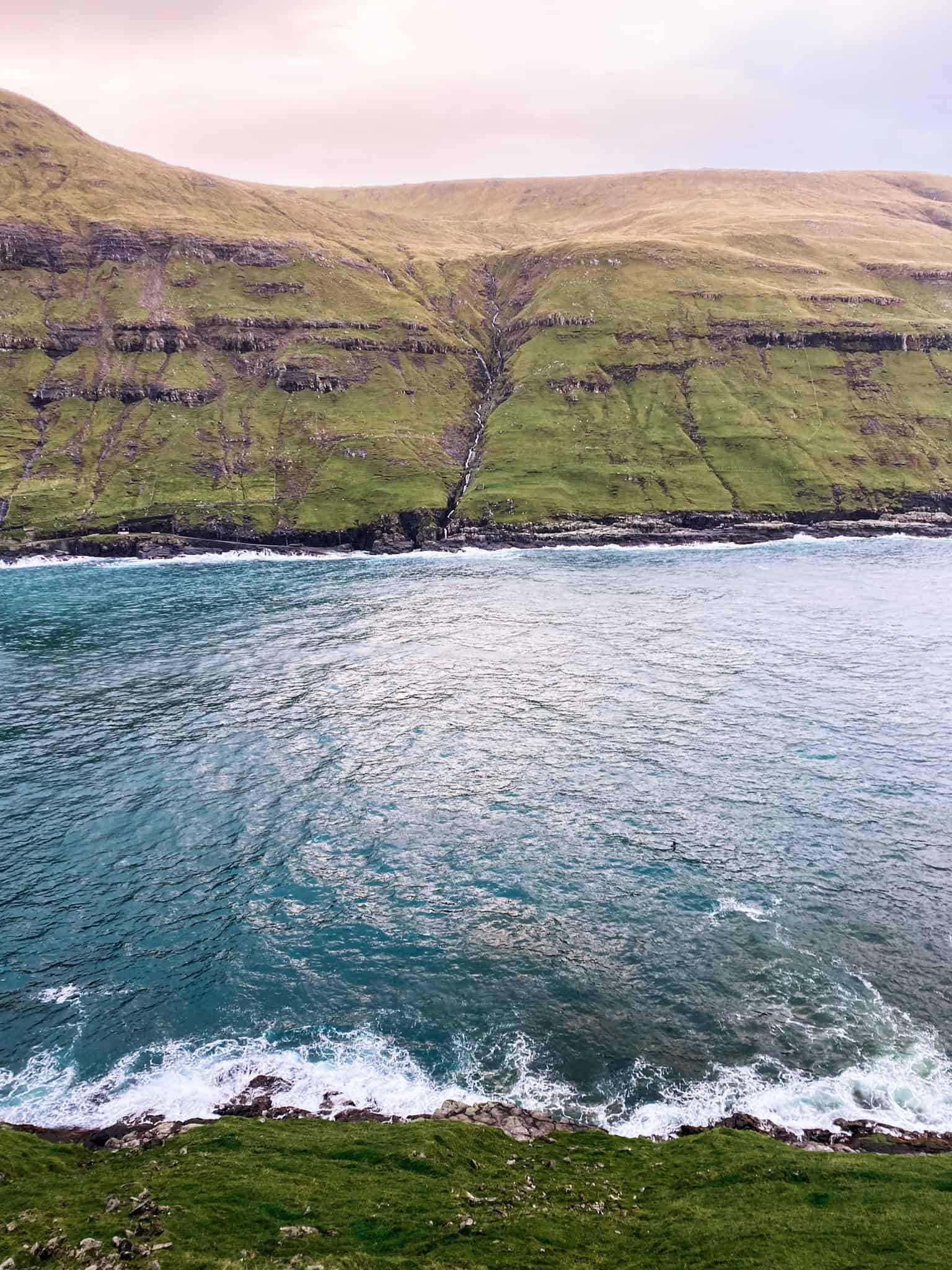
Faroe Islands Packing Checklist
- Hiking Boots – Waterproof and slip-resistant for slippery, wet conditions.
- Waterproof Jacket – Essential for rain and wind protection.
- Waterproof Pants – Useful for rainy hikes or wet weather.
- Warm Layers – Merino wool or fleece base layers for warmth.
- Gloves, Scarf, and Beanie – Important for cold, windy days.
- Pajamas – Comfortable and warm for your indoor accommodations.
- Dry Bag – To keep electronics and extra clothing dry during hikes or boat tours.
- Reusable Water Bottle – To stay hydrated while exploring.
- Hiking Poles (Optional) – For added stability on longer hikes.
- First Aid Kit – A compact kit with essentials for emergencies.
- Portable Charger – To keep your devices powered up on long days.
- Swimsuit – In case you visit hot springs or swimming pools.
- Nice Outfit – For dinners or visits to nicer places.
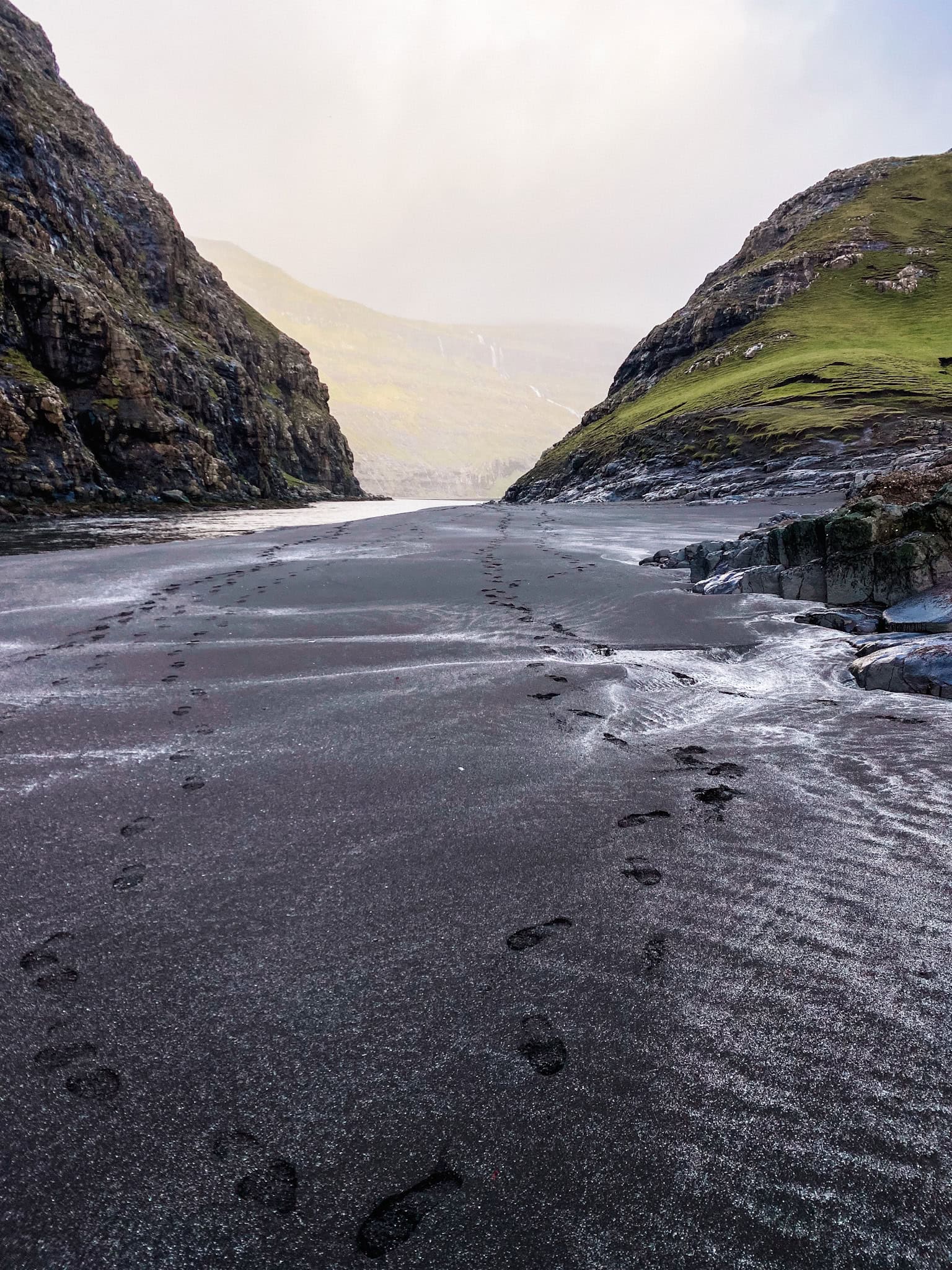
What To Pack For Faroe Islands
I hope this travel packing list was helpful and you now have an idea on what to pack for the Faroe Islands! It is one of my favorite trips I’ve taken and hopefully one day, I can return and explore it more! These islands suspended in the North Atlantic Ocean are easily one of the most beautiful and untouched places I’ve traveled.
I’m so excited for you and I hope you have the best trip!
